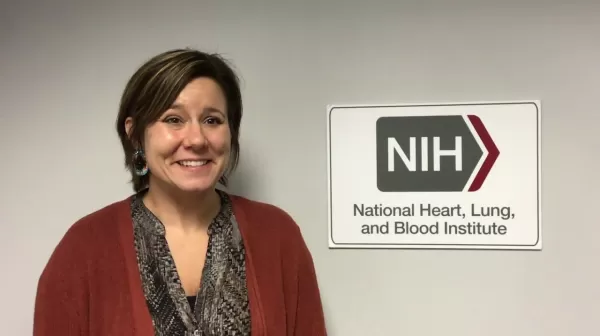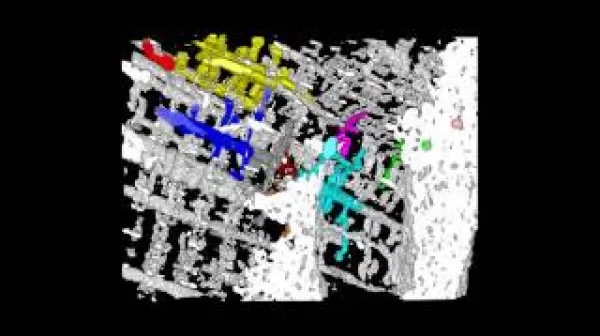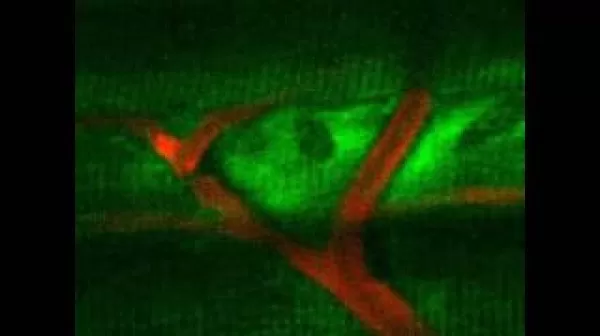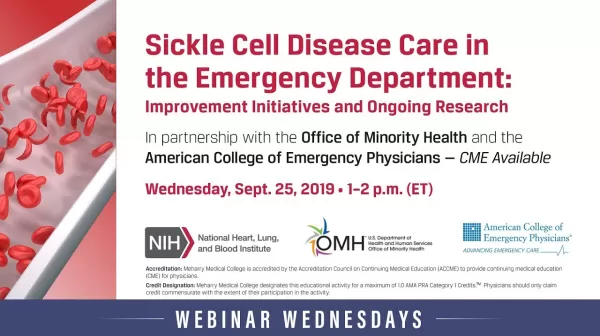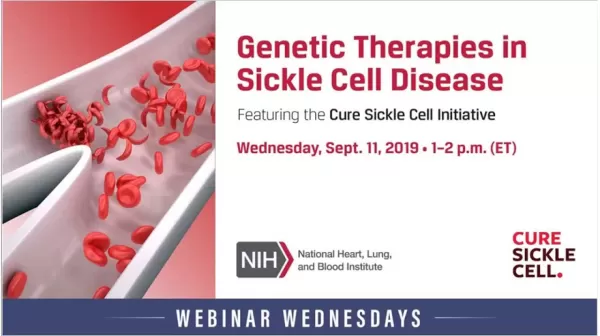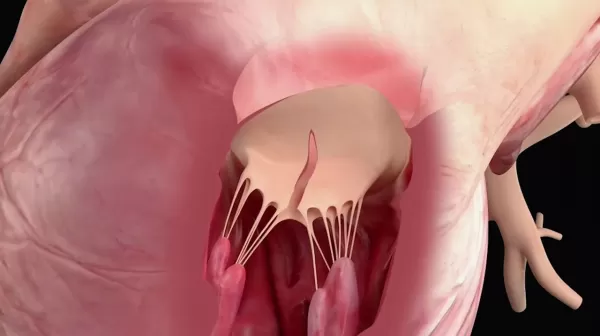Improving American Indian Heart Health Through Community Research
In this video, Amanda Fretts, PhD, MPH, Jason Deen, MD, and Marie Gross, RN, MPH, discuss the continuing impact of the Strong Heart Study in American Indian communities — and encourage American Indians to get involved in clinical research. The Strong Heart Study (SHS) is a long-term study of cardiovascular disease (CVD) and its risk factors among American Indians. Figuring out how common — and how serious — CVD is among American Indians has been challenging.

